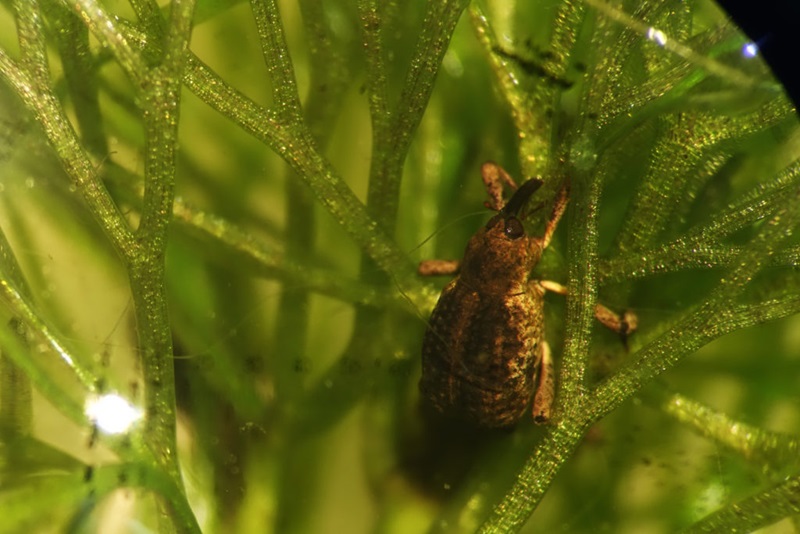Key points
- Australia's 250,000 native species of insects play vital roles in nature.
- Each year we describe and name up to 200 insects that are new to science.
- We've also introduced some insects to Australia to clean up dung and fight weeds.
Just like warm woollen mittens, insects are a few of our favourite things.
Bugs are makers, influencers, builders, recyclers and key to our environment. But sometimes we forget just how interesting insects can be.
Let’s take a moment to reflect on our incredible insects with a few of our favourites.
Best poo-processing landscape enhancer: Dung beetles
Ancient Egyptians celebrated scarab beetles for rolling the sun across the sky each day. We salute our imported dung beetles for helping with our poo problem! They've been removing livestock poo from the ground surface in Australia for the last 50 years, burying it, breaking it up and reprocessing it. This returns nutrients to the soil and reduces breeding sites for flies. They're our favourite recyclers, soil engineers and fly busters!
Top weed-chomping snorkeler: Cabomba weevil
More free diver than freestyler, these tiny weevils are smaller than a grain of rice. They’ve recently arrived from South America to munch through one of our worst water weeds: Cabomba weed. This weed is choking waterways and crowding out native plants and animals. The weevils spend their entire life underwater on Cabomba weed. As youngsters they tunnel through its stems, which can help to reduce its growth and spread. They’re coming soon to a Cabomba weed infestation near you!

Most mysterious micro wasp: Samurai wasp
These mysterious micro wasps have been ghosting us hard for 25 years! It hurts even more because they're a biocontrol agent in waiting for the menacing Brown Marmorated Stink Bug (BMSB) if it ever settles here.
Best home designers: Bagworm moths
Bagworm moth larvae (caterpillars) make case homes from materials such as twigs and lichen woven together with silk. They live inside, protected from parasites and predators. They drag their home along to feed, hang it up to rest, and add extensions as they grow.
One of Australia’s most elusive bagworm moths is the species Bathromelas hyaloscopa. It hadn’t been seen by scientists since the 1940s. Recently, Ethan Beaver from our Australian National Insect Collection collected some unusual larval cases in Queensland and New South Wales. He went on to rear some of the larvae to find out more about this species.
The larvae feed on leaves of the Buloke, Allocasuarina luehmannii. Their cases are up to 10 centimetres long and made of Buloke twigs, some of which extend beyond the end of the case. They are held together by silk and covered by tiny fragments of bark.
The larvae take up to two years to reach adulthood. Adult males have wingspans up to 30 millimetres and clear wings. Adult females spend their entire lives inside their eggs cases and lay their eggs there too. The cases are strong enough to last several years after they die.
Best celebrity lookalike: RuPaul fly
Naming an interesting insect after a celebrity can help get attention for an overlooked or threatened species. But sometimes the insect and the person truly are dopplegangers.
The soldier fly we named after RuPaul in 2021, Opaluma rupaul, was part of a new Australian genus of flies: Opaluma. (Genus is the taxonomic level up from species.) We derived the genus name from the Latin words for opal and thorn to reflect the iridescent colours of flies in this group and the distinctive thorn on the underside of their abdomens.
Bravest statement wings: Sapphire Azure butterfly
Orange and aqua is a bold choice worn with great style by Ogyris caelestia, the Sapphire Azure butterfly.
This interesting insect is a species of newly-described butterfly endemic to Queensland. Its name means ‘of the sky, or celestial’. This refers to both the bright blue of the upper side of the wings and the way the adults fly above the tree canopy.
The caterpillars of this butterfly feed on mistletoe and are cared for by the tree dwelling ant species Anonychomyrma inclinata. They depend on the ants for survival.
This species is threatened by land clearing.
